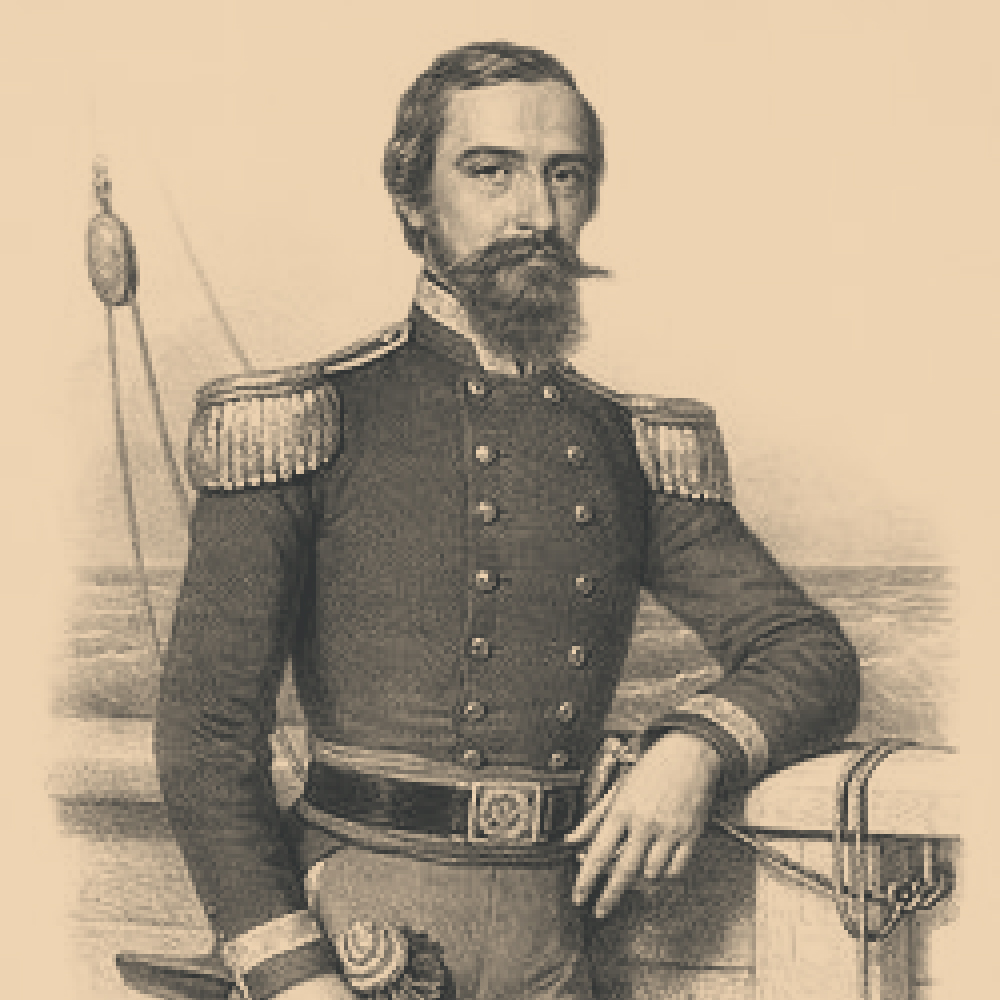
Born in 1825, John Xantus served as a national guard during the War of Independence of 1814. After the Surrender at Világos, he was afraid of revenge, so he decided to flee to the US. He arrived at NYC on a sailboat in 1852. He joined the U.S. Army afterwards. His correspondency work for the Smithsonian Institution signalled a turning point in his life. He helped mapping. Also legends suggest that Karl May based his character Old Shatterhand on Xantus. Xantus did not forget Hungary, in fact, and he donated his personal collection of American plants and animals to the Hungarian National Museum as a gift.
He played a major role in the creation of Budapest Zoo. He was among the initial supporters of the project, and after its opening 6 August 1866, he was elected as director of the zoo. After two years, he set off on an expedition again, this time he travelled to East Asia. He visited Ceylon, Singapore, Thailand and China. His ethnological collection from Borneo and Java became the base of the Museum of Ethnography.
He wrote down his explorations and adventures in 4 books, as well as in more than 200 educational notes. Several animals and plants were named after him, for instance a hummingbird endemic to California, the Hylocharis xantusii.











